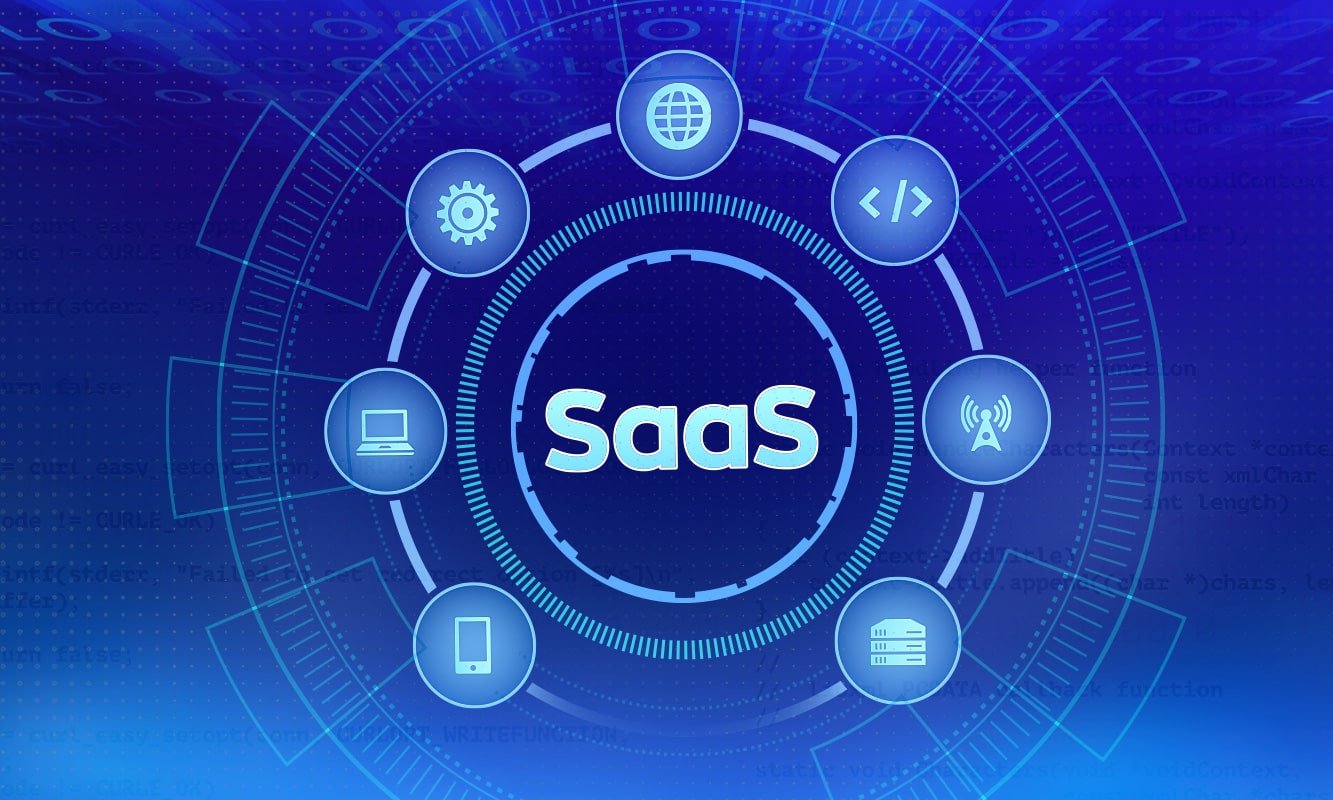Human Resources (HR) management has evolved significantly over the years, and technology has played a pivotal role in transforming HR processes. Traditional HR operations, laden with paperwork and manual tasks, have given way to more efficient and streamlined approaches. Cloud-based Software as a Service (SaaS) solutions have emerged as a game-changer in the HR industry, unlocking a brighter future for HR professionals and organizations alike. In this comprehensive guide, we will delve into the world of cloud-based SaaS HR solutions, their impact on HR practices, and the benefits they bring to the table.
Introduction
HR functions encompass a wide range of responsibilities, from recruitment and onboarding to payroll and talent management. The complexity of these tasks often necessitates the use of technology to enhance efficiency and accuracy. Cloud-based SaaS HR solutions have revolutionized how HR professionals approach their roles, offering an array of advantages that shape the future of HR Technology.
Understanding Cloud-Based SaaS HR Solutions
Before we dive into the advantages, let’s define cloud-based SaaS HR solutions:
Cloud-Based:
These solutions are hosted on remote servers and accessed via the internet. They eliminate the need for on-premises hardware and offer the flexibility of remote access.
SaaS (Software as a Service):
SaaS refers to software that is delivered over the internet on a subscription basis. Users pay a recurring fee to access the software, which is maintained and updated by the service provider.
Cloud-based SaaS HR solutions, therefore, are HR management systems that operate in the cloud and are offered as a service. They cover a broad spectrum of HR functions, including:
Recruitment and Applicant Tracking:
Managing the entire hiring process, from posting job openings to candidate selection.
Employee Onboarding:
Streamlining the onboarding process for new hires through digital workflows and document management.
Employee Records:
Securely storing and managing employee data in a centralized repository.
Payroll and Benefits Administration:
Automating payroll calculations, tax deductions, and benefits management.
Attendance and Leave Management:
Tracking employee attendance, leaves, and absences.
Performance Management:
Setting and tracking employee goals, conducting performance appraisals, and providing feedback.
Compliance and Reporting:
Ensuring compliance with labor laws and generating HR-related reports.
The Future of HR: Advantages of Cloud-Based SaaS Solutions
Let’s explore the advantages that cloud-based SaaS HR solutions bring to the table, paving the way for the future of HR management:
Accessibility and Flexibility
One of the primary benefits of cloud-based SaaS HR solutions is accessibility. HR professionals can access the software from anywhere with an internet connection. This is a game-changer in today’s remote work environment, enabling HR teams to collaborate seamlessly and provide support regardless of physical location.
Cost-Effectiveness
Traditional HR software often involves significant upfront costs for licenses and on-premises infrastructure. In contrast, cloud-based SaaS solutions operate on a subscription model, eliminating the need for capital expenditure. Small and medium-sized businesses can benefit from affordable monthly or annual fees, making advanced HR tools accessible.
Scalability
As organizations grow, their HR needs evolve. Cloud-based SaaS solutions are designed to scale effortlessly, accommodating new employees, additional locations, and expanded HR functionalities. This scalability ensures that HR operations remain efficient and adaptable to changing business requirements.
Data Security and Compliance
Data security is a paramount concern for HR professionals. Cloud-based SaaS HR solution providers invest heavily in security measures to safeguard sensitive HR data. They often employ robust backup and disaster recovery systems and help businesses comply with data protection and privacy regulations.
Automation and Efficiency
Automation lies at the heart of cloud-based SaaS HR solutions. Tedious HR tasks, such as payroll processing and leave management, can be automated, reducing the risk of errors and freeing up valuable time. HR professionals can focus on strategic activities like talent development and employee engagement.
Employee Self-Service
Many cloud-based SaaS HR solutions offer employee Self Service Portal. This empowers employees to access their own data, request leaves, view pay stubs, and update personal information. It reduces administrative work for HR professionals and enhances transparency within the organization.
Real-Time Reporting and Analytics
Cloud-based SaaS HR solutions provide real-time reporting and analytics capabilities. HR professionals can generate reports on various HR metrics, track trends, and gain insights into employee performance and engagement. Informed decision-making becomes more accessible, contributing to organizational growth.
Choosing the Right Cloud-Based SaaS HR Solution
Selecting the right cloud-based SaaS HR solution is critical to realizing its full potential. Here are some factors to consider when making your choice:
Features:
Ensure that the software offers the features necessary for your HR processes, whether it’s recruitment, payroll, or performance management.
Integration:
Check if the solution can seamlessly integrate with other tools your organization uses, such as accounting software or collaboration platforms.
Usability:
The software should be user-friendly and intuitive to ensure a smooth adoption process for your HR team.
Customization:
Look for a solution that allows you to customize forms, workflows, and reports to align with your unique HR processes.
Scalability:
Consider the solution’s ability to grow with your business and adapt to changing requirements.
Customer Support:
Reliable customer support is essential for resolving issues and maximizing the value of your HR solution.
Conclusion
Cloud-based SaaS HR solutions have transformed Best HR Management Software into a more efficient, flexible, and strategic function. Their accessibility, cost-effectiveness, scalability, and automation capabilities make them indispensable tools for simplifying HR operations. By embracing these solutions, HR professionals can focus on strategic initiatives that drive organizational success.

